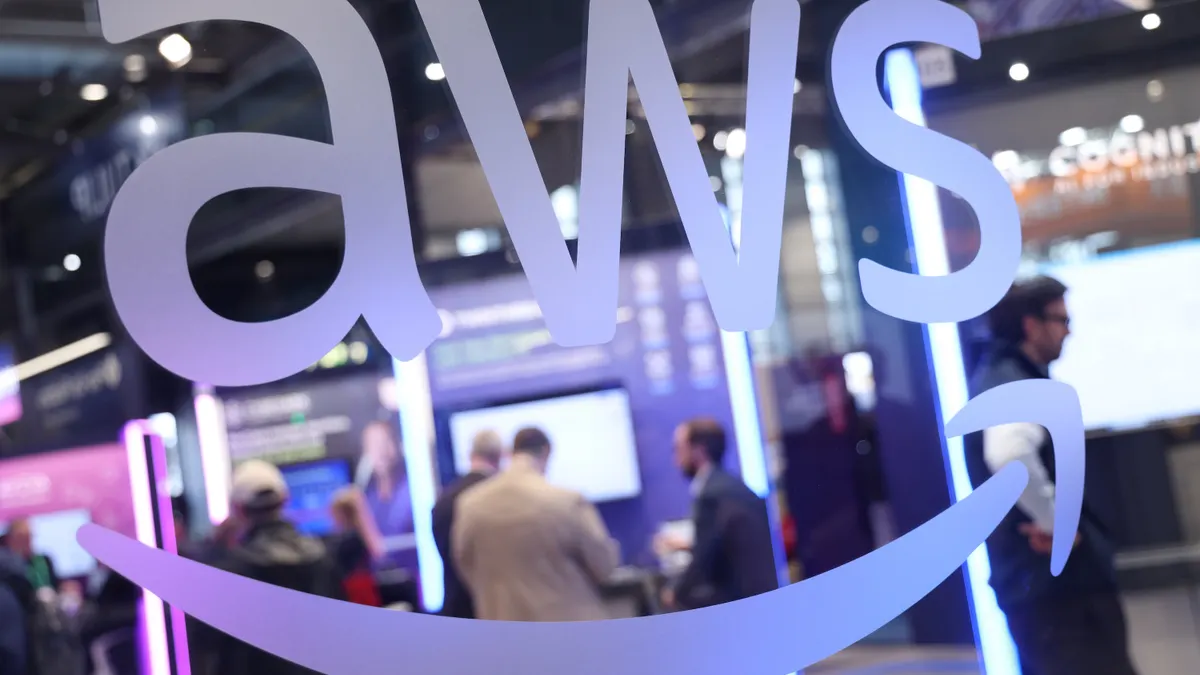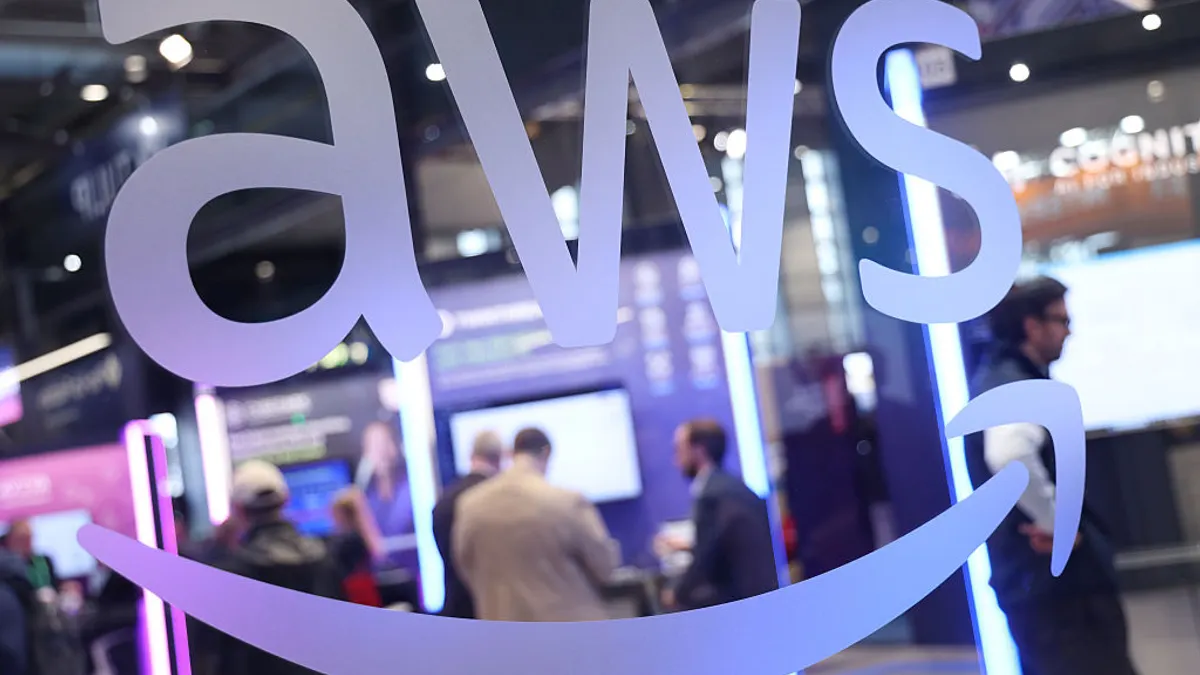Responsible for keeping IT up and running, infrastructure and operations (I&O) teams will face new challenges in the coming years as their departments and the business at large embrace remote work.
"We believe that by the end of 2023 more than 90% of I&O organizations will have most of their staff working remotely," said Jeffrey Hewitt, research vice president at Gartner, during the Gartner IT Infrastructure, Operations & Cloud Strategies Conference on Monday. If I&O teams want to keep up, they'll have to start preparing now.
"Now this isn't all because of COVID-19 alone," Hewitt said. "It's also because of the changes in infrastructure. We're learning a lot of lessons from remote working, but we're gonna have to continue to apply those because of things like cloud and edge."
Changes are only expected to accelerate. Over the next 12 to 18 months, Hewitt predicts six interconnected I&O trends driving decision-makers — and offers advice on how businesses can prepare.
1. Operating from anywhere
Many businesses plan to keep remote work in place even after the pandemic ends. As the shift to remote work creates a more distributed workforce, businesses will task I&O staff with supporting operations from anywhere.
In the past, I&O relied on structured processes unable to adapt to location flexibility. Now, as organizations become more decentralized, businesses require active operations from remote locations, according to Hewitt.
"This will enable more flexible, and more resilient organizations," Hewitt said. "It also provides more broad talent choices. You don't have to worry about recruiting in a given location."
2. Optimizing infrastructure
To support anywhere operations, organizations will have to optimize infrastructure. Optimal infrastructure is programmable and eventually pushes I&O to evolve into integration and operations, according to Hewitt.
Data centers and edge infrastructure will stand at the forefront of the business viewpoint as organizations work to optimize cost and tool utility. The goal of optimizing infrastructure is to find a simple solution to complex business problems.
"One example is computational storage," Hewitt said. "Instead of having to move the data from the storage plane into the compute plane to process, it processes that data directly in the storage plane. This can be optimal for situations where you're processing big data."
3. Continuity to support dispersed workforce
To keep up with a dispersed workforce, IT will need to support continuous service delivery, including automated deployments and minimal-touch maintenance.
"How do we make sure things run, no matter what?" Hewitt said. "We're also talking about increasing the use of automated deployments, so that we can deploy applications efficiently in a lot of different given locations."
Ultimately, businesses could benefit from increased efficiency and faster workload deployment.
4. Modernization at the core
Modernizing I&O lowers technical debt and paves a way forward for agile infrastructure to respond to business needs, according to Hewitt. A modernization plan with a realistic timeline will be crucial in the coming months.
Maintenance and modernization of I&O will be an ongoing process to minimize legacy IT qualms.
Modernization at the core of I&O "helps the infrastructure evolve in lockstep. You don't have all these different kinds of infrastructures out of sync," Hewitt said. "It lowers the technical debt that you experience and it gives you more flexible and agile infrastructures to respond to business needs."
5. Distributed cloud model
As the workforce becomes more dispersed, so will the cloud infrastructure businesses rely on. Decentralized cloud infrastructures will rely on service providers for support, creating flexibility and reduced latency, Gartner predicts.
"In some cases, this could be an optimal solution," Hewitt said. "It offers no-touch options. Don't have to deal with it at all if you don't want to, or it would be a better return if you don't."
Distributed cloud may be expensive now as the market matures, but it should still be on the future horizon for businesses, according to Hewitt.
6. Critical skills over critical roles
Instead of hiring to fill I&O roles, organizations are expected to prioritize internal I&O skills instead. The skills over roles model encourages collaboration instead of silos, according to Hewitt.
Hiring for these skills now benefits businesses because it's currently a buyer's market, Gartner predicts, but organizations should prepare for fundamental culture changes that could come with the shift.
"Don't ignore competencies, these are different. These are skills that go beyond the technical that you want to think about," such as business acumen, Hewitt said.
Correction: Jeffrey Hewitt, research vice president at Gartner, spoke at the Gartner IT Infrastructure, Operations & Cloud Strategies Conference on Monday. An earlier version of this story was incorrect.





















